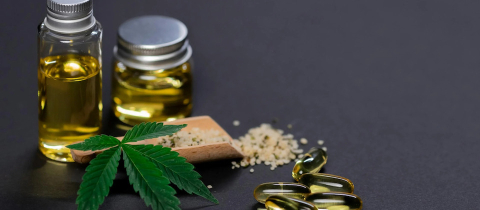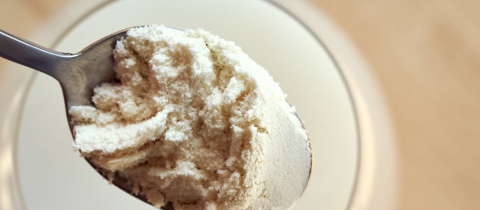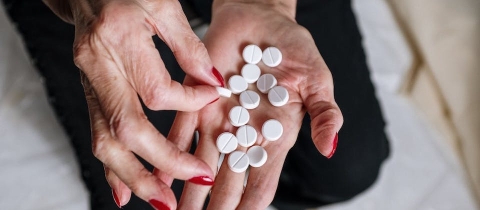As of October 18th, 2019, edible (and drinkable) cannabis became legal in Canada. And yet, almost 5 months later, legal cannabis stores have remarkably little selection. The SQDC (Quebec’s cannabis retailer) only started stocking cannabis beverages one week ago and only offers three types of tea and one type of seltzer. All things considered, it doesn’t seem like drinkable cannabis will be replacing Canadian's joints, oils, pills or vapes any time soon.
UPDATE March 24th, 2021: While the SQDC now offers 32 THC and/or CBD infused beverages, and the Ontario Cannabis Store (OCS) offers 40, these liquid preparations are still not a common method of cannabis consumption. Beverages have represented less than 2% of sales from the OCS for the last four fiscal quarters.
If we look elsewhere, however, the story of cannabis drinks couldn’t be more different.
According to the 2017 World Drug Report from the United Nations Office on Drugs and Crime, two of the top 10 cities that consume the most cannabis in the world are in India: New Delhi and Mumbai. The trick here is that much of the cannabis consumed isn’t smoked, but rather drunk in a drink called “bhang”.
Bhang looks somewhat like a shamrock shake or a green smoothie, but tastes (I’m told) of spices and herbs like saffron, fennel, garam masala and more. Strictly speaking, the term bhang refers to a paste made by steeping finely ground cannabis leaves (not buds) in hot milk. This paste can then be eaten on its own or used to create drinks or snacks like pakoras. However, the most popular preparation by far involves adding more milk, rosewater, sugar, nuts and other ingredients to the paste to create a refreshingly cool drink. This drink is often referred to as bhang but is more correctly named according to what ingredients are used, as a bhang thandai, bhang lassi or other.
Bhang is especially common during Hindu festivals, in particular Holi, the two-day Festival of Spring, which turns the streets into a sea of colour with coloured paint and water pistols. Cannabis has a rich history in sacred Hindu texts and is named as one of the five sacred plants in the Atharva Veda. The Hindu god Shiva has long been associated with cannabis, and is said to have used bhang for meditative and healing purposes, and is even known as the Lord of Bhang. Cannabis has been used in Ayurvedic medicine to treat conditions ranging from skin disorders to anxiety.
Despite India’s rich cannabis-history, marijuana is actually illegal in the country. Bhang manages to maintain its huge consumption rates due to a legal loophole. It is against Indian law to possess hashish and ganja, but not the leaves of the cannabis plant, which is what bhang is made from. Incidentally, despite its illegality, hashish (made from the resin of the cannabis plant and commonly mixed with tobacco before smoking) is much more popular in India than in North America, while marijuana (the dried buds of the cannabis plant) is much less popular.
Interestingly, cannabis of all preparations was legal in India until 1961, when the Single Convention on Narcotic Drugs moved cannabis to the hard drug category. Prior to this, cannabis consumption had been seen as an inherent part of the religious and social customs of India. Even the colonial British rulers concluded, after commissioning the Indian Hemp Drugs Commission Report of 1894, that “to forbid or even seriously to restrict the use of so gracious an herb as cannabis would cause widespread suffering and annoyance.”
Today any flowering top (called ganja) and separated resin (called charas) from the cannabis plant remains illegal in India, although that is clearly not limiting citizen's ability to imbibe in THC and CBD. So long as only the leaves of the cannabis plant are consumed, Indians are within their legal rights. As to what happens to the flowering buds once the leaves are removed, well, perhaps I’ll save that for the Indian government to worry about.







